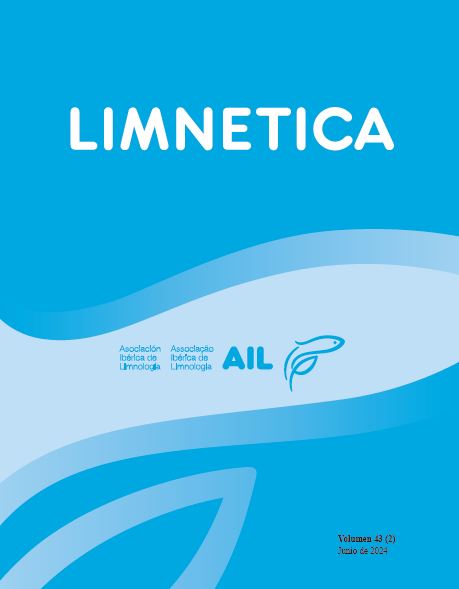Acute toxicity and genotoxicity of the herbicide Dual Gold®, based on S-metolachlor on Leptodactylus luctator (Hudson, 1892) tadpoles (Anura: Leptodactylidae).
Abstract
Herbicides used in agriculture and their metabolites are frequently detected in surface water bodies, where they can persist and cause adverse effects on aquatic organisms. The aim of this study was to evaluate the acute toxicity and genotoxic effects of the herbicide Dual Gold® (DG®), based on S-metolachlor (SM), on Leptodactylus luctator tadpoles (Anura: Leptodactylidae). To assess the toxicity of the herbicide, including median lethal concentration (LC50) at 24h, the no-observed-effect concentration (NOEC), and the lowest-observed-effect concentration (LOEC), tadpoles were exposed to five nominal concentrations of DG® (5.0, 6.2, 7.8, 9.8, and 12.2 mg/L), and a negative control (NC) with dechlorinated water. The value of LC5024h was 7.0 mg/L of DG® (NOEC=5.0 mg/L; LOEC=6.2 mg/L). L. luctator tadpoles were sensitive to the herbicide exposure, reaching 100% mortality after 24 h of exposure to the highest tested concentration (12.2 mg/L). To evaluate the potential genotoxicity of the herbicide, the frequency of micronuclei (MN) and other erythrocytes nuclear abnormalities (ENA) was determined in larvae exposed to three nominal concentrations of DG® (1.0, 5.0, and 6.2 mg/L), for 48 and 96 h. The frequencies of MN and ENA were compared with a positive control (40 mg/L of Cyclophosphamide) and a negative control. The frequencies of MN and ENA in the erythrocytes of tadpoles exposed to the test concentrations of DG® and Cyclophosphamide, were significantly higher than in the negative control group at both 48 and 96 hours (with the only exception of MN at 1.0 mg/L at 48 hours). Our results confirm the genotoxic and cytotoxic effects of this widely used herbicide in agriculture, which represents a potential risk to amphibians that develop in ponds associated or immersed in agroecosystems.
Downloads
Published
Issue
Section
License
Authors publishing in the journal agree to the following terms
Limnetica is licensed under a Creative Commons Attribution-NonCommercial 4.0 International License.


